Marc Held
BORN: 1932, FRANCE
NATIONALITY: FRENCH
French designer Marc Held studied Kinesitherapy and dramatic arts eventually even becoming a professor of physical education. It was in 1960, Marc Held founded Archiform, a Paris-based design firm where designers and architects could come together as a study center.
5 years later, in 1965, held established the magazine Echoppe. From 1966-1968 Held was actively working as an interior architect taking on numerous projects, like the Hôtel Les Dromonts, Avoriaz.
In 1967 he released his ‘Culbuto’ chairs for Knoll (produced in 1970). Next, came various molded plastic designs created for the houses of architect Georges Candilis. he also began studying the role of kinetics in modern furniture, leading him to design a rocking chair for Knoll. Held’s intention was to relieve muscular strain that was induced by motionlessness, resulting in a design of a curved base that would not only rock, but swivel, allowing the user’s body to be in constant motion.
in 1971, he produced numerous pieces of plastic furniture (sold in His own boutique L’Echoppe) produced by Créateurs et industrielles (distributed by Prisunic).Marc Held again became active as an independent architect working for various clients including IBS. Following, Archiform designed the Grand Drawing Room of the Élysée Palace for François Mitterand, interior of the lintas advertising agency, and the interior of the oceanliner Mermoz among others.
WORK
Marc Held Fiberglass Bed for Prisunic Editions, France, 1970s
Marc Held, Prisunic, France, c. 1970
PLYWOOD SHELVES, 1966
‘Culbuto’ chairs for Knoll, 1967 (produced in 1970)
SEATS FOR KNOLL INTERNATIONAL, 1967 - 1970
DISCLAIMER: THE MILLIE VINTAGE DOES NOT OWN ANY RIGHTS TO THESE PHOTOS. PLEASE NOTE THAT ALL IMAGES AND COPYRIGHT BELONGS TO THE ORIGINAL OWNERS. NO COPYRIGHT INFRINGEMENT INTENDED.





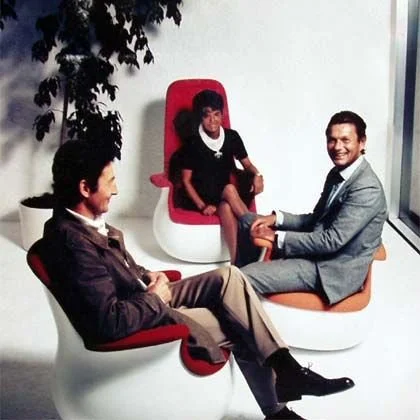




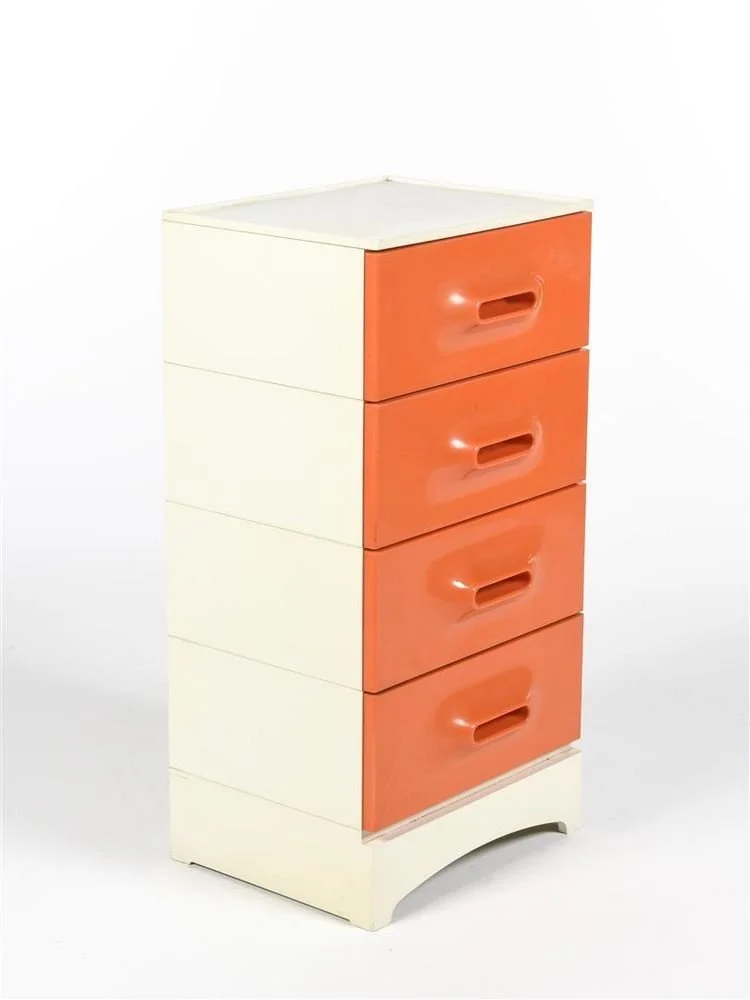


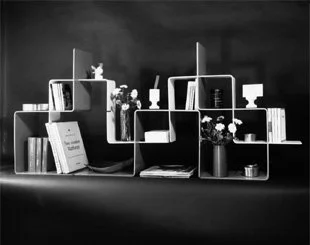
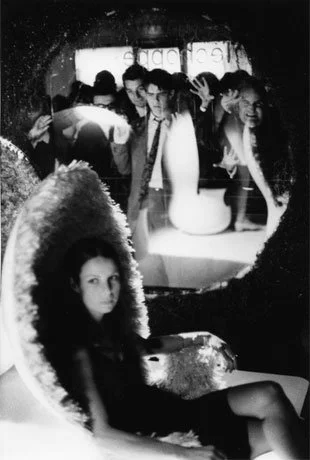

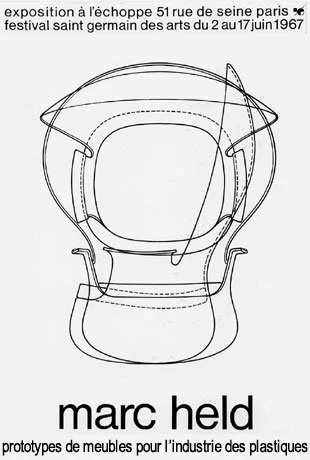


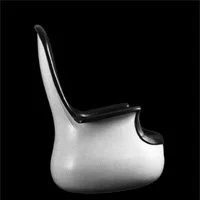

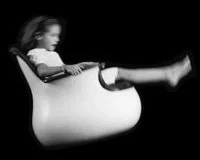















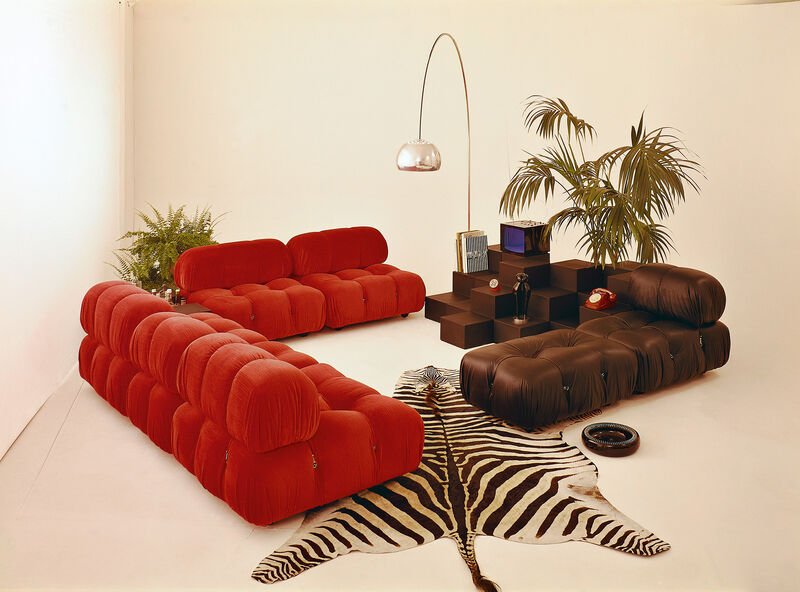





It’s no surprise that celebrities have the ability to acquire some of the most rare and incredible pieces of design. We are thrilled to see faces we look up to, enjoying vintage design as much as we do.